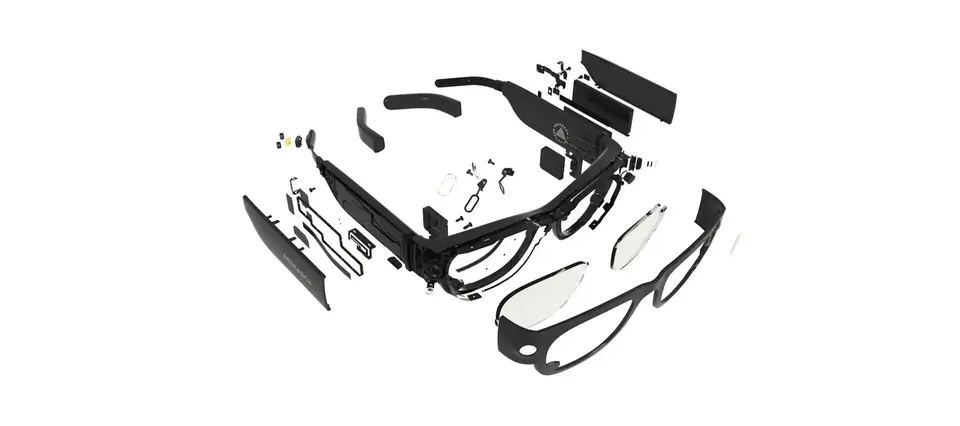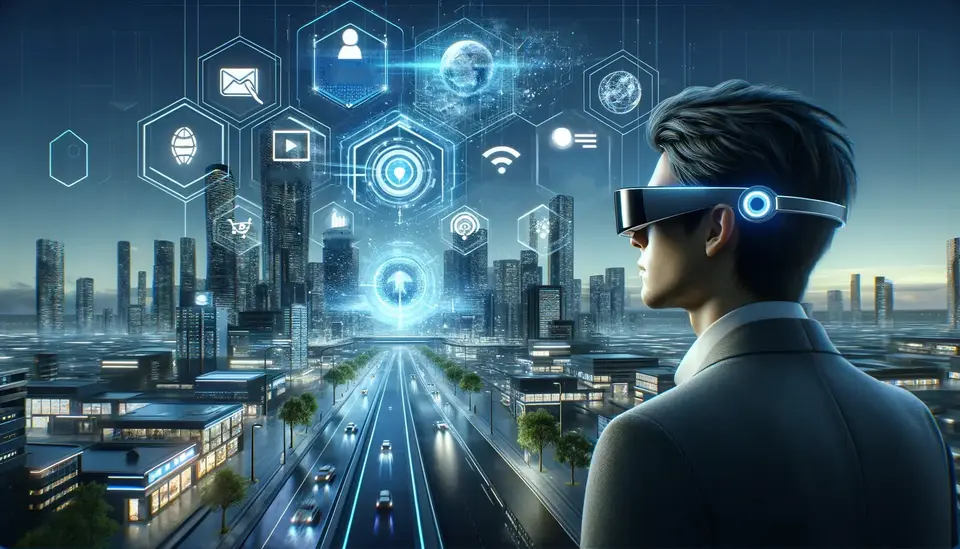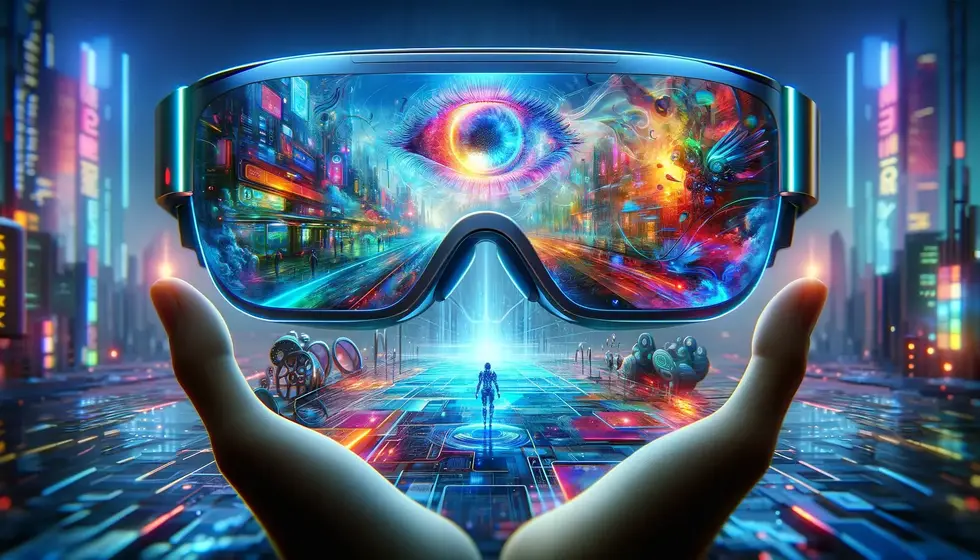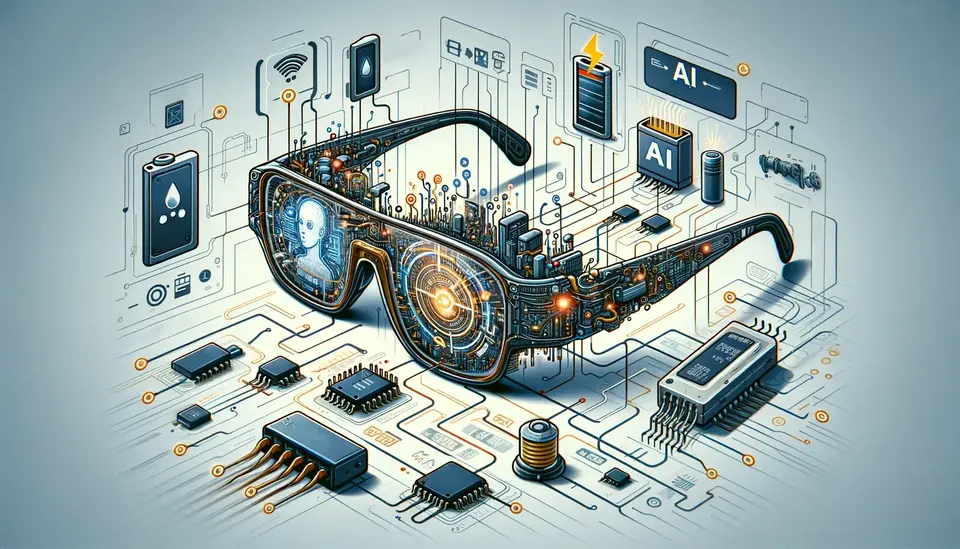Brief Overview: How do Smart Glasses work?
Posted on December 14, 2023 3 minutes 559 words
Table of contents
The idea of wearable technology has intrigued us since science fiction started painting pictures of futuristic societies. Today, those futuristic devices are a reality. One notable development in this area is the emergence of smart glasses, transforming our perspective, quite literally. But how do these intriguing devices work? Let’s take a closer look.
Part 1: The Basics of Smart Glasses
Before delving into the complexities, it’s essential to understand what smart glasses are. They are wearable computer glasses that add information to what the wearer sees. Typically, this takes the form of augmented reality (AR), overlaying digital information onto the real world. But how do they manage this? It all comes down to the core components: display technology, input methods, processor and power, connectivity, and software.
Part 2: Display Technology - Augmenting Reality
The key to smart glasses is their ability to display information in the user’s field of vision. This is achieved using various technologies, including liquid crystal on silicon (LCOS), organic light-emitting diodes (OLED), and digital light processing (DLP).
Some models project information directly onto the lens, while others use a ’light guide’ system, projecting the display from a hidden source within the frame into the user’s eyes. Others employ waveguide optics or retinal projection, creating images by beaming light directly into the retina.
Part 3: Input Methods - Interacting with Glasses
A smart glass is not so smart if it lacks user-friendly input methods. Current models use a combination of voice commands, touch controls, and hand gesture recognition for inputs. Some models are pushing the boundaries, incorporating technologies like eye-tracking or even brain-computer interfaces for the next level of user interaction.
Part 4: Processor, Power, and Connectivity - The Underlying Workhorse
Like any other computing device, smart glasses require processors to carry out tasks. These need to be small, efficient, and powerful to facilitate a smooth AR experience. For power, smart glasses rely on compact and efficient batteries. Managing power consumption is crucial to ensure the device can be used throughout the day.
In terms of connectivity, most smart glasses connect to your smartphone via Bluetooth, leveraging its computing power and internet connection. However, some models come with standalone capabilities, including Wi-Fi, GPS, and cellular connections.
Part 5: Software - The Lifeblood of Smart Glasses
The software is where the magic happens. Advanced AR software interprets the real-world environment and overlays relevant, context-aware information. This software also processes inputs and commands, allowing users to interact with the AR world seamlessly.
The combination of AI algorithms, AR engines, and application programming interfaces (APIs) makes it possible for developers to create diverse applications for smart glasses, ranging from gaming and entertainment to professional applications in healthcare, construction, and more.
Conclusion: The Future of Smart Glasses
Today’s smart glasses are just scratching the surface of what’s possible. As the technology advances, we can expect more immersive AR experiences, longer battery life, improved comfort and design, and new applications we haven’t even imagined yet.
The key takeaway is that smart glasses are complex pieces of technology, melding advanced display tech, input methods, and software to create a seamless AR experience. But as we’ve seen throughout the history of technology, what seems complex and exciting today will soon become commonplace, as we continue to push the boundaries of what’s possible.








